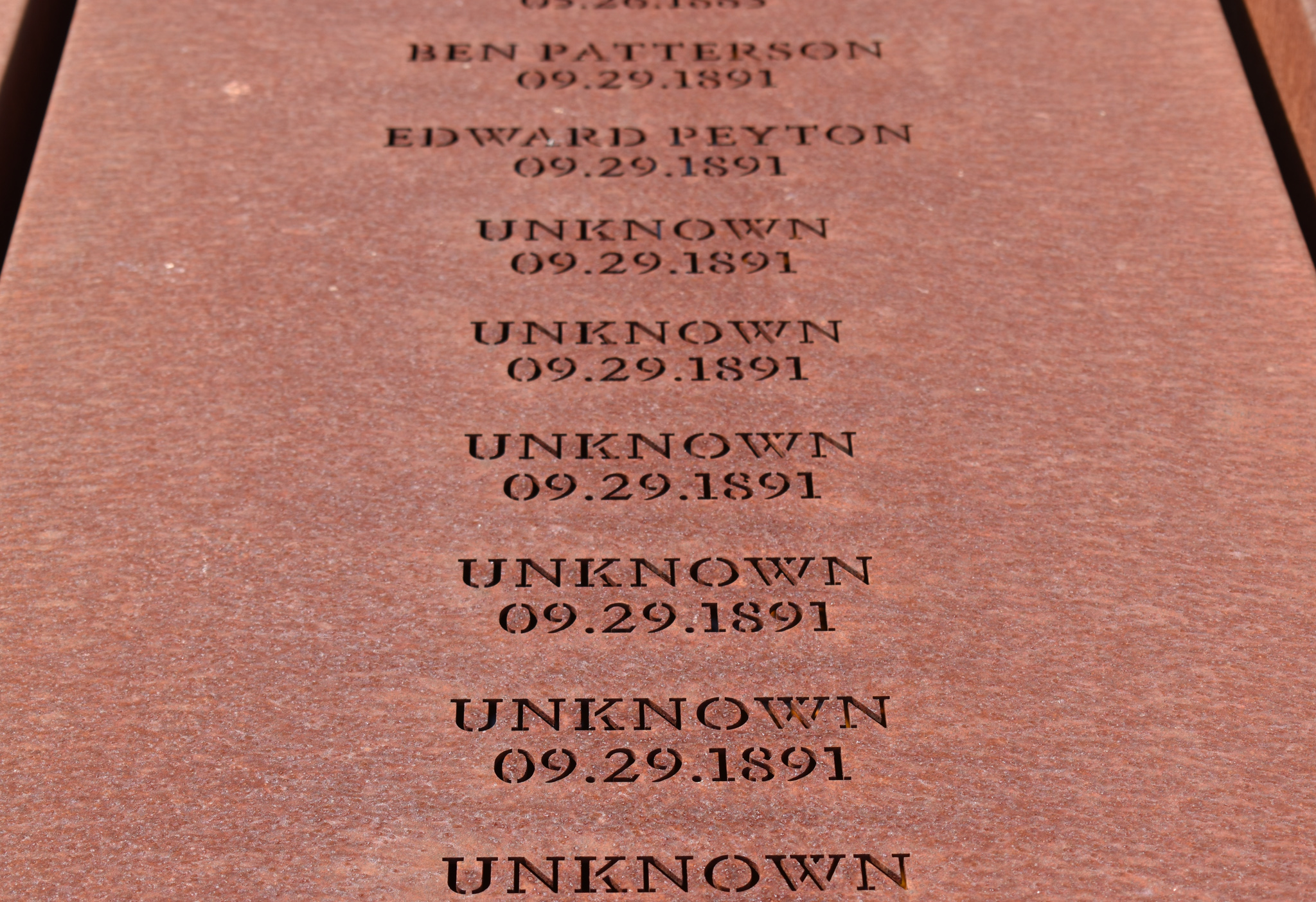Cotton Pickers Strike Of 1891 on:
[Wikipedia]
[Google]
[Amazon]
 The cotton pickers' strike of 1891 was a labor action of African-American sharecroppers in
The cotton pickers' strike of 1891 was a labor action of African-American sharecroppers in
 The cotton pickers' strike of 1891 was a labor action of African-American sharecroppers in
The cotton pickers' strike of 1891 was a labor action of African-American sharecroppers in Lee County, Arkansas
Lee County is a County (United States), county located in the U.S. state of Arkansas. With its eastern border formed by the Mississippi River, it is considered to be part of the Arkansas Delta. As of the 2020 United States census, 2020 census, t ...
in September 1891. The strike led to open conflict between strikers and plantation owners, racially-motivated violence, and both a sheriff's posse and a lynching party. One plantation manager, two non-striking workers, and some twelve strikers were killed during the incident. Nine of those strikers were hanged in a mass lynching on the evening of September 29.
Background
In 1886 theColored Farmers' National Alliance and Cooperative Union
''Colored'' (or ''coloured'') is a racial descriptor historically used in the United States during the Jim Crow era to refer to an African American. In many places, it may be considered a slur.
Dictionary definitions
The word ''colored'' was ...
had been founded by R.M. Humphrey, a white Baptist minister, reformer, and member of the parallel white Farmers' Alliance
The Farmers' Alliance was an organized agrarian economic movement among American farmers that developed and flourished ca. 1875. The movement included several parallel but independent political organizations — the National Farmers' Alliance an ...
organization. Early in September 1891, Humphrey called for a national African-American strike of sharecroppers against planters, in response to the planters setting 50-cent-per-100-pound prices at their summer conventions.
Despite its extensive claimed membership of millions, and despite Humphrey's announcement of 600,000 members firmly committed to strike for $1 per 100 pounds, the strike promoted for September 12 took hold nowhere. Additionally, many landowners who became aware of the planned strike took steps to suppress or outright prevent the strike through increased police presence and pacification tactics such as smaller raises. Its failure was noted and documented with some satisfaction in newspapers across the cotton-growing south. The one exception was in Lee County, a location with its own history of conflict, on the Mississippi River and across from Memphis, Tennessee. Ben Patterson, a Black labor organizer from Memphis, traveled to Lee County at the beginning of September 1891 and began to organize a strike among local cotton pickers. Patterson's efforts were significantly more successful than those of Humphrey, garnering the support of at least twenty-five pickers in Lee County.
The strike
Workers for planter Colonel H.P. Rodgers struck on September 20, demanding higher wages, and began traveling through the county looking for support. These workers were from Memphis, led by a Ben Patterson. Among other workers in the county they found no support. A brawl between striking and non-striking workers killed two on September 25. On the 28th the strikers killed a notorious plantation manager named Miller and burned a cotton gin. A posse, with some black members, was organized under Sheriff Derrick of Marianna to track down the remaining strikers and Patterson, partly on the grounds that Miller the plantation manager had been deputized. On September 29 the search led north to an island near Horseshoe Lake in Crittenden County. The strikers had been trying to work north, back toPresident's Island
President's Island is a peninsula on the Mississippi River in southwest Memphis, Tennessee. The city's major river port and an industrial park are located there.
History
The name ''President'' or ''President's'' Island appeared as early as 1801 ...
and then to Memphis. In an open battle the posse killed two strikers and captured nine. At more or less the same time, Patterson alone escaped to the steamboat James Lee and admitted his story, but was extracted from the boat, taken ashore, and shot. The nine prisoners under guard by the sheriff's men were intercepted on the road by a masked lynching party, greatly outnumbering them, that took the prisoners and hanged them one by one.
The ''Arkansas Gazette
The ''Arkansas Gazette'' was a newspaper in Little Rock, Arkansas, that was published from 1819 to 1991. It was known as the oldest newspaper west of the Mississippi River. It was located from 1908 until its closing at the now historic Gazette ...
'' ran coverage under the title "Lee County Trouble Settled with Rope". The incident directly led to the collapse of the Colored Farmers' Alliance
''Colored'' (or ''coloured'') is a racial descriptor historically used in the United States during the Jim Crow era to refer to an African American. In many places, it may be considered a slur.
Dictionary definitions
The word ''colored'' was ...
.
See also
*List of massacres in the United States
This is a partial list of massacres in the United States; death tolls may be approximate.
:*For single-perpetrator events and shooting sprees, see List of rampage killers in the United States, Mass shootings in the United States, :Spree shootin ...
* List of worker deaths in United States labor disputes
The list of worker deaths in United States labor disputes captures known incidents of fatal labor-related violence in U.S. labor history, which began in the colonial era with the earliest worker demands around 1636 for better working conditions. ...
References
{{American Labor Conflicts 1890s strikes in the United States Labor disputes in Arkansas Agriculture and forestry labor disputes in the United States Labor-related violence in the United States History of African-American civil rights Lynching deaths in Arkansas Crimes in Arkansas Protest-related deaths in the United States 1891 labor disputes and strikes Conflicts in 1891 1891 in Arkansas Massacres of protesters in the United States Massacres in 1891 Racially motivated violence against African Americans in Arkansas